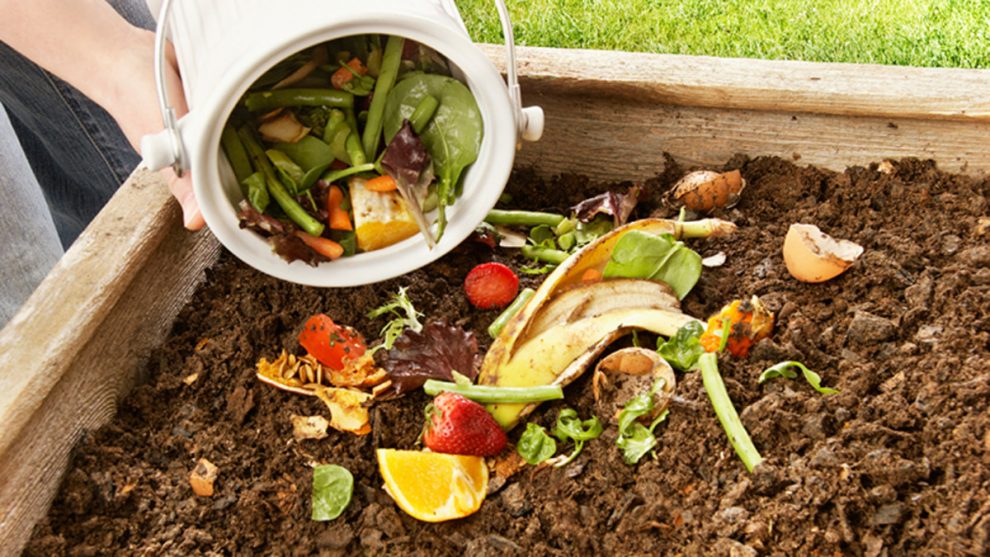“Go green go green”
People across the globe strive to keep the environment eco-friendly.
The hazardous wastes which include both biodegradable and non-biodegradable are piled up in huge landfill areas and are also dumped in the nearby rivers and lakes. In these ways, health problems swiftly increase among animals and humans.
One of the effective ways to decrease the majority of environmental problems is waste management. The main important aspect is R’s concept is to Reduce, Reuse, and Recycle. The first element is reducing, which means reduce the amount of the products and use more eco-friendly items so that it is easy to be disposed of without polluting our environment.
The second one is reuse, which means we have to reuse the products until it gets fully damaged or unuseful, this leads to reduce the excess of waste disposal.
The last one is recycling, which reduces the pollution and cost of production. Recycling is basically reusing the raw materials to manufacture the new product which possesses less energy and also reduces greenhouse gas emissions. Mainly, recycling and composting are two different techniques to sustain our green earth. The products that made from recycled materials are far better than the products that are manufactured for the first time because of the less energy and resources that are used.
The use of plastics and plastic bags are very harmful to the environment and adds to landfills. The government promotes effective ways to protect our environment through the Swatch Bharat Mission.
According to the 2020 recent report, Indore has declared as the cleanest city in India, the most striking thing is the unique garbage collection system.
Likewise, home composting is the best way to nurture our plants and to protect our environment. The compositing is formed by combining the organic wastes with water and air for the biological decomposition process which is so helpful for the growing plants and soil adaptations. It mainly avoids soil erosion and pollution. When we form compost almost half of the waste reduce at a landfill, where they release methane and greenhouse gases. The main benefits of composting are to enrich the soil, reduce the need for chemical fertilizer, helps to retain the moisture, the production of bacteria, and fungi increases to create rich -nutrient material. There are a few steps to turn the household waste into compost:
- Find the space to compost
- Sort out the biodegradable and non-biodegradable waste into two containers
- Make the composting bin by drilling a few holes around and add soil in the bottom layer
- Add biodegradable and non-biodegradable at alternate levels in the bin.
- Add more non-biodegradable waste when it smells and sprinkle some water if the compost turns too dr
Both recycling and composting have not only environmental benefits, but they have economic benefits too. Recycling is a very large industry that employs so many workers every year. While in compositing, it reduces the cost of acquiring chemical fertilizers.
The ways to protect our environment for our future generations can really happen if we stand together.
Image courtesy: yoga journal














Add Comment